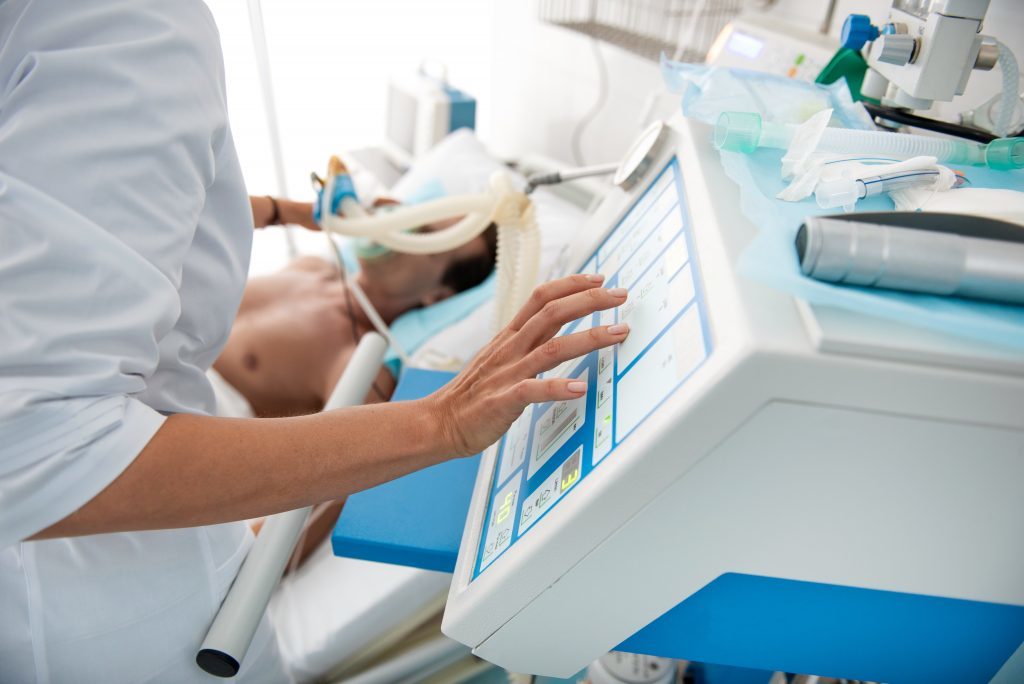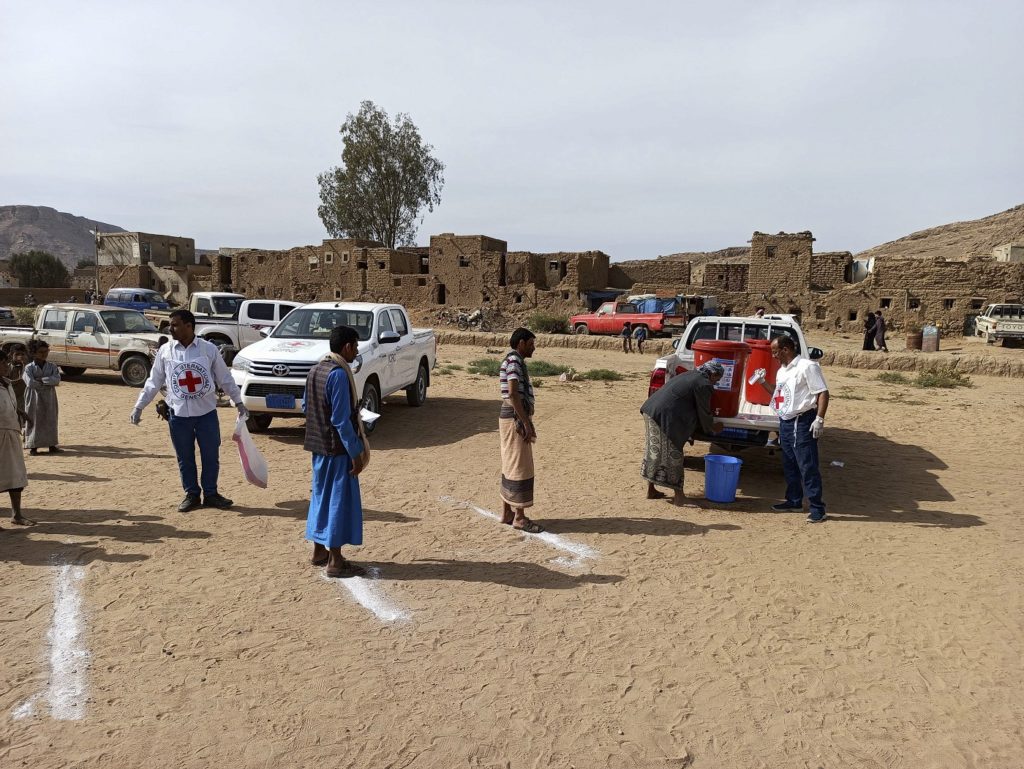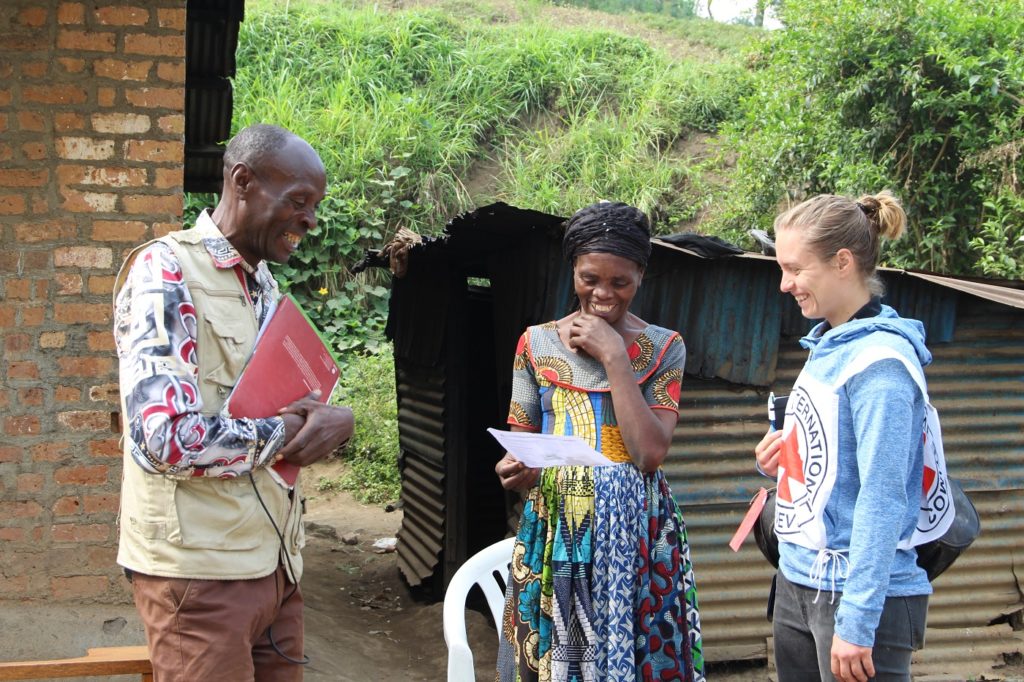Worldwide physical distancing has effectively demonstrated that we humans are capable of fast and fundamental change on a global scale; before and after images of smog-affected cities verify that much. For humanitarian work, however, impact and change can be nuanced. Innovation at the ICRC means that advanced or pioneering methods and technologies can provide as much opportunity as complexity, especially when it addresses our medical and healthcare services.
In its most serious form, the COVID-19 virus causes severe respiratory distress and/or pneumonia-like symptoms that require intensive care and mechanical ventilation. The outpouring of concern from around the world resulted in multiple adjustments, developments and inventions to serve the global shortage of ventilators. And while this solidarity of humanitarian spirit was uplifting, it also presented a rather complex situation to the ICRC.
Intensive care is a highly specialized field of medicine that uses an array of technologies to provide support to failing organ systems, particularly the lungs, cardiovascular system, and kidneys. This requires the support of a substantially developed laboratory and imaging capacity as well as a sufficient number of trained personnel to constantly monitor patient progress.

Mechanical ventilation requires a high level of expertise and a constant supply of electricity, oxygen, and labs which is a challenge in low-resource settings
In most of the contexts where the ICRC works, adequate access to medical imaging is generally lacking and even common diagnostic blood tests are often unavailable. More critically, regular access to potable water and electricity cannot be guaranteed in many capital cities and even less so in rural areas. In addition, compressed oxygen is often unavailable.
While inspired by the ingenuity and resourcefulness of ventilator design around the world – and innovation in this sector is excellent and must be encouraged – we also must be careful. Inventing or introducing a new tool into an ecosystem is only one part of the solution: a systemic approach is required to enable that tool to function, taking into consideration issues like infrastructure, human resources capacity, and governing policies.

Sa’ada province, Yemen. People wash their hands before an ICRC food distribution to 1,300 displaced families. In most of the contexts where the ICRC works, regular access to potable water and electricity cannot be guaranteed.
It is unfortunate that each brilliant idea, less expensive alternative or faster approach cannot simply improve, accelerate or facilitate humanitarian work. Management, due diligence and sustainability are as vital to innovative work as creativity, improvement and efficiency. Since the onset of COVID-19, the ICRC has been adapting and re-purposing several of its existing digital solutions to address limited movements, restricted access, and the need for different ways of working. Examples include using virtual reality to create sensory training experiences in place of face-to-face courses while travel is prohibited and electronic instead of paper-based Red Cross Messages to reduce person-to-person exposure during the collection and distribution process.

Since the onset of COVID-19, the ICRC has been adapting and re-purposing several of its existing digital solutions, like electronic instead of paper-based Red Cross Messages to reduce person-to-person exposure during the collection and distribution process.
Innovation is not a simple fix; it is a process. From robust futures and forecasting capacity to novel digital tools that enhance operations, humanitarian innovation harnesses science, technology and human capacities to save and protect lives. For ICRC Innovation, this work is about strengthening the central innovation function as a positive force for change in the organisation. It is about helping to seed innovation more broadly across the ICRC as well as the Red Cross / Red Crescent Movement – for example, within particular delegations where new ways of operating have become essential for meeting current and future needs; or at virtual meetings and events, like this year’s Inspired Days, where sharing experiences fosters the co-design of operational solutions.
Let us keep innovating, collaborating, and finding the advancements that support and accelerate our work and mandate. ICRC Innovation will continue to nurture the innovative humanitarian spirit, and our hearts go out to everyone around the world as we adjust to this new moment of crisis and all the challenges – as well as possibilities – that it brings for our future.

